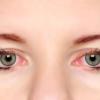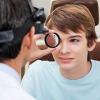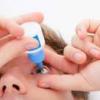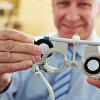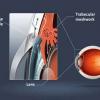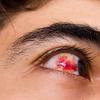(510) 270-5634
Articles
Eye Symptoms
Eyeglasses
When you’re picking out a new pair of glasses, choosing the frames that best fit your face is just the beginning. After selecting your frames, you’ll need to choose the type of lens, lens material, and lens coating. With advances in eyeglass technology, there are several lens coating...
Why do I need to see an eye care provider?
Many “silent” diseases, such as glaucoma and diabetes, can only be detected through regular eye exams. When these conditions are discovered earlier rather than later, they become easier to treat or manage,...
If you find yourself struggling to see both at far distances and nearby reading materials, then it may be time to consider bifocals. Your eye care provider and the trained optometry staff will work with you to determine the best way to meet your needs while helping you to look and feel your best...
Common Eye Conditions
As we age, our eyes—like the rest of our bodies—begin to lose flexibility and strength. When this happens to the lens of the eye and its surrounding muscles, your lens will become stiff. This makes it harder to see close objects clearly because the eyes can't focus properly. It's a...

